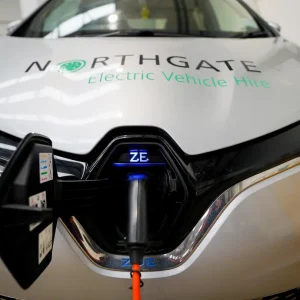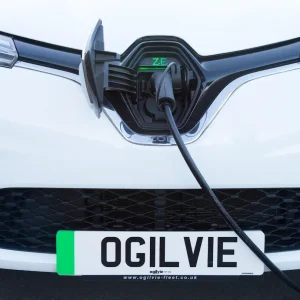Dedicated fleet managers are a thinning crowd and the task of running a company’s vehicles is falling at the doorstep of HR or finance departments, and anyone else deemed fit to pick up the slack.
That’s led to a bit of confusion over some of the more technical aspects of looking after a fleet, to the point where software specialists and telematics providers have reported that some fleets don’t know the difference between the two, nor do they really know what they need for the task in hand.
“Commercial fleets are much more aware,” says Giles Margerison, sales director of TomTom Telematics. “Truck fleets certainly and van fleets are usually good, but it’s absolutely the case with cars. The industry awareness is quite different. People often don’t see themselves as fleet managers – it’s just something they need to get their head around.”
The mix-up is partly due to a rise in the amount of telematics companies and doesn’t just apply to smaller, lesser-manned fleets, as Ashley Sowerby, managing director of fleet management software specialist Chevin, explains: “We were advertising with Google keywords and suddenly the price went up because we were going head-to-head with telematics products, so there’s definitely some confusion out there.
“It’s across the marketplace – it’s not just small fleets or part-time administrators, so we have to have to be careful as to the language we employ.”
Here, BusinessCar explains the fundamental difference between fleet management software and telematics to dispel the myths about what’s what.
Fleet management software
A fleet management system is a programme that displays your vehicles’ vitals in an attempt to improve efficiency and to make sure vehicles and drivers comply with the law.
“The way I describe it is that if I’m the head of a household and I’ve got two or three cars – mine, my wife’s and maybe my son or daughter’s, I need to know they’re adequately insured, the tyres are okay etc.,” says software firm Jaama’s managing director Martin Evans.
“That’s okay over two or three vehicles, but not for a fleet manager who looks after a lot more. I’m also going to get to the stage where my wife’s car is breaking down, it’s costing us money – a fleet manager is doing that on a larger scale, and that’s what they’d use software for.”
There’s no connection between the car and the fleet operator’s computer with software, as there is with telematics, as Chevin’s managing director, Ashley Sowerby explains: “The clearest difference is mapping. If it’s a system with a map and it can tell you where the vehicle is then it’s telematics. Ours is about managing the asset, staying legal and running the fleet efficiently.”
Telematics
The biggest difference between fleet management software and telematics is that the latter usually has a hard-wired black box in the car that sends the fleet manager information about what the driver and the vehicle are doing.
“A fleet management package will look at the cost of the network, the cost of maintenance, accident management and repair costs and insurance. They might also cover windscreen and tyre maintenance,” says Giles Margerison, sales director of TomTom Telematics.
“Telematics involves looking at vehicle and driver performance: what the vehicle’s doing on a day-to-day basis, KPIs, the number of jobs it’s done, fuel consumption, driver identification, delivering jobs in real time, or any other in-cab or in-car type technology.”
Jaama’s managing director, Martin Evans, adds a family analogy: “If my son’s got a nice car and I want to know what he’s up to and he’s not speeding, I put a telematics system in.”
Where fleets go wrong
Even the fleet operators who know their management systems from their telematics packages get it wrong occasionally. Bad habits and failing to use the technology properly are not uncommon.
The secret is to keep re-evaluating it and to tweak it where necessary, according to Chevin’s managing director, Ashley Sowerby: “With larger fleets and larger systems, the risk is that people get into a comfort zone. You get a lot of ‘I use systems A, B, D and F – I use these and that’s what they do’, and they don’t look at anything else.
“[We have a client that has] every year reserved budget for further developments. They don’t just install it and run it. They run a large number of pool fleets and have integrated a pool fleet pin system, for example.
“They look at it and say, ‘what are the problems, what are the savings we can make, let’s invest in that,’ and they’ve made significant returns. It’s not isolated, but it’s the minority that invest. [These are the] customers that get the best results.”





